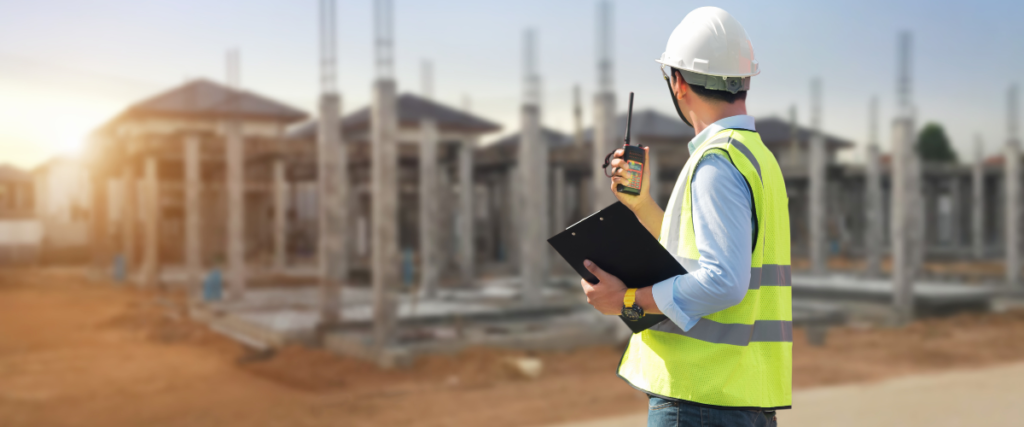Structural
Structural Investigation: The Twin Pillars of Soil Assessment and Structural Frames
In the vast landscape of structural engineering, every project stands upon two foundational pillars: understanding the soil beneath and the structure that rises above. These twin aspects of structural investigation and soil assessment, collectively known as “Structural Investigation”, and structural frame design serve as the backbone of safe, efficient, and long-lasting constructions. This article delves deeper into these critical components, shedding light on their significance in modern construction.
Soil Investigation: The Bedrock of Engineering Insight
A building, no matter its grandeur or height, owes its stability to the ground it stands on. The significance of structural investigation cannot be overstated in structural engineering. Before construction commences, it’s not just about knowing where to build, but understanding the very nature of the ground itself.
Every soil type, be it clayey, sandy, loamy, or silty, offers unique properties and challenges. Soil investigation provides engineers with valuable data about the type, strength, and compressibility of the soil. With this data, foundation designs can be optimized to ensure they are aptly suited to bear the structure’s load.
Furthermore, soil investigations unravel hidden challenges, which often lay dormant below the surface. These could range from high underground water tables to unexpected obstructions, each presenting its own set of hurdles. Ignoring or inadequately performing soil assessments can lead to dire consequences, such as differential settlements, unexpected structural failures, or unforeseen cost overruns during the construction phase.
In essence, soil investigation acts as the prophetic step in construction. It helps anticipate challenges, design appropriate solutions, and ensures that the resultant structure is safe, durable, and cost-efficient.
Structural Frames: Crafting the Building’s Backbone
Ascending from the depths of soil investigation, the next monumental step is the design and erection of the structural frame. Often visualized as the skeleton of a building, the structural frame plays the dual role of supporter and shaper.
Every load, be it from the occupants, furniture, or even the building materials, is borne by the structural frame. Additionally, it’s tasked with resisting external forces, which may range from the fury of gales to the tremors of seismic activities. The importance of a well-designed and robust structural frame, therefore, becomes paramount in ensuring that buildings retain their integrity and shape, offering safety to their occupants through thorough structural investigation.
However, the importance of the structural frame isn’t confined solely to its strength. Its design influences several other facets of construction and architecture:
– Aesthetics: The choice of frame determines the building’s appearance. Modern designs often employ exposed frames, making them integral to a building’s aesthetic appeal.
– Utility: A well-designed frame can enhance the utility of spaces, allowing for open floor plans and flexible interiors.
– Construction Dynamics: The type of structural frame chosen can significantly influence the speed and method of construction. Some frames allow for rapid modular constructions, while others may require intricate and time-intensive processes.
– Future Adaptability: The world of architecture and design is ever-evolving. A flexible structural frame can accommodate future modifications, ensuring the building remains relevant and usable over time.
Structural Investigation Conclusion
The symphony of construction is a complex interplay of various elements, each significant in its own right. However, the importance of soil investigation and structural frame design stands out, as they form the foundation and skeleton of any structure. In the fast-paced world of modern construction, where projects are often under tight deadlines and budgets, recognizing the critical nature of these two components is not just a best practice—it’s an essential one. Through meticulous soil assessments and thoughtful frame designs, we can ensure the longevity, safety, and innovation of our built environment with thorough structural investigation.


